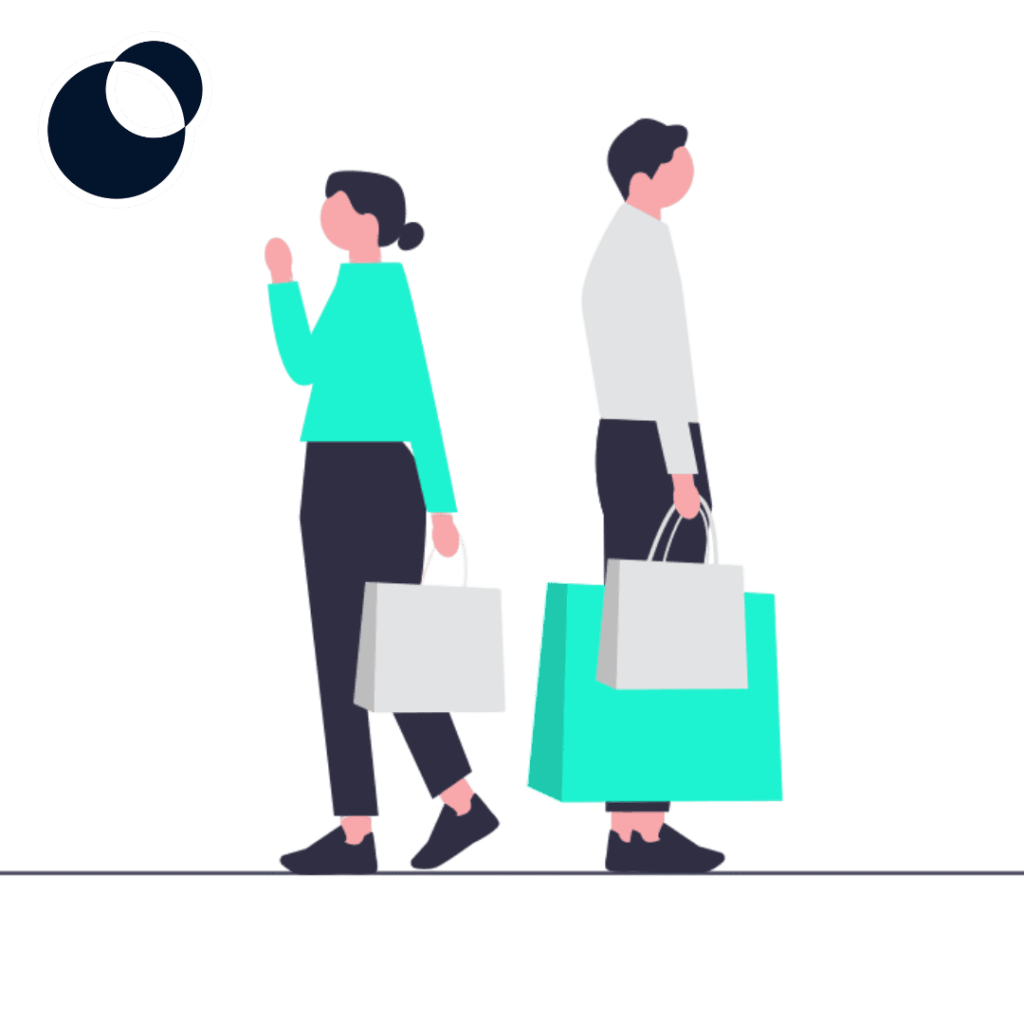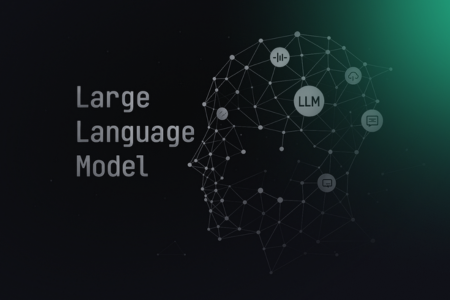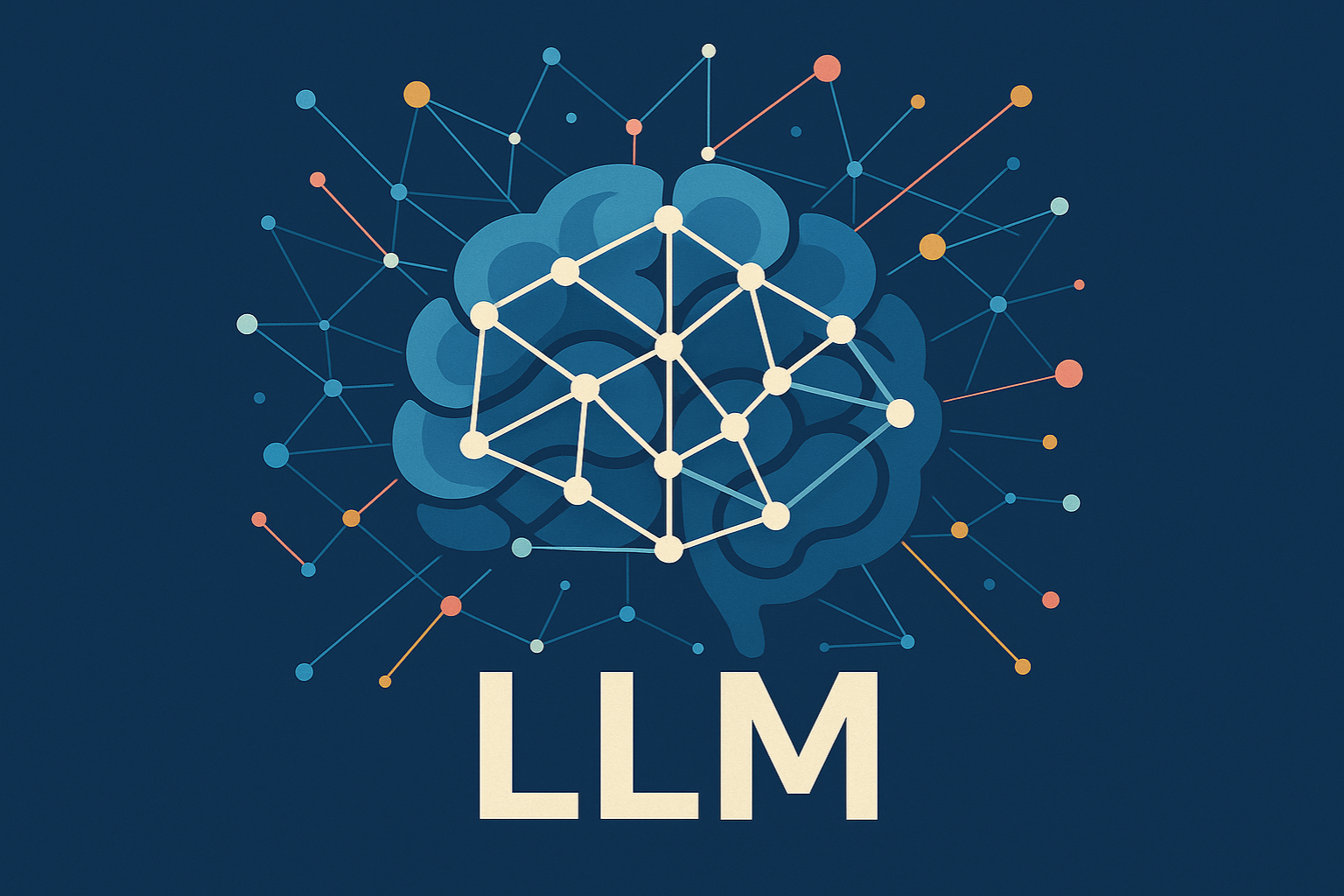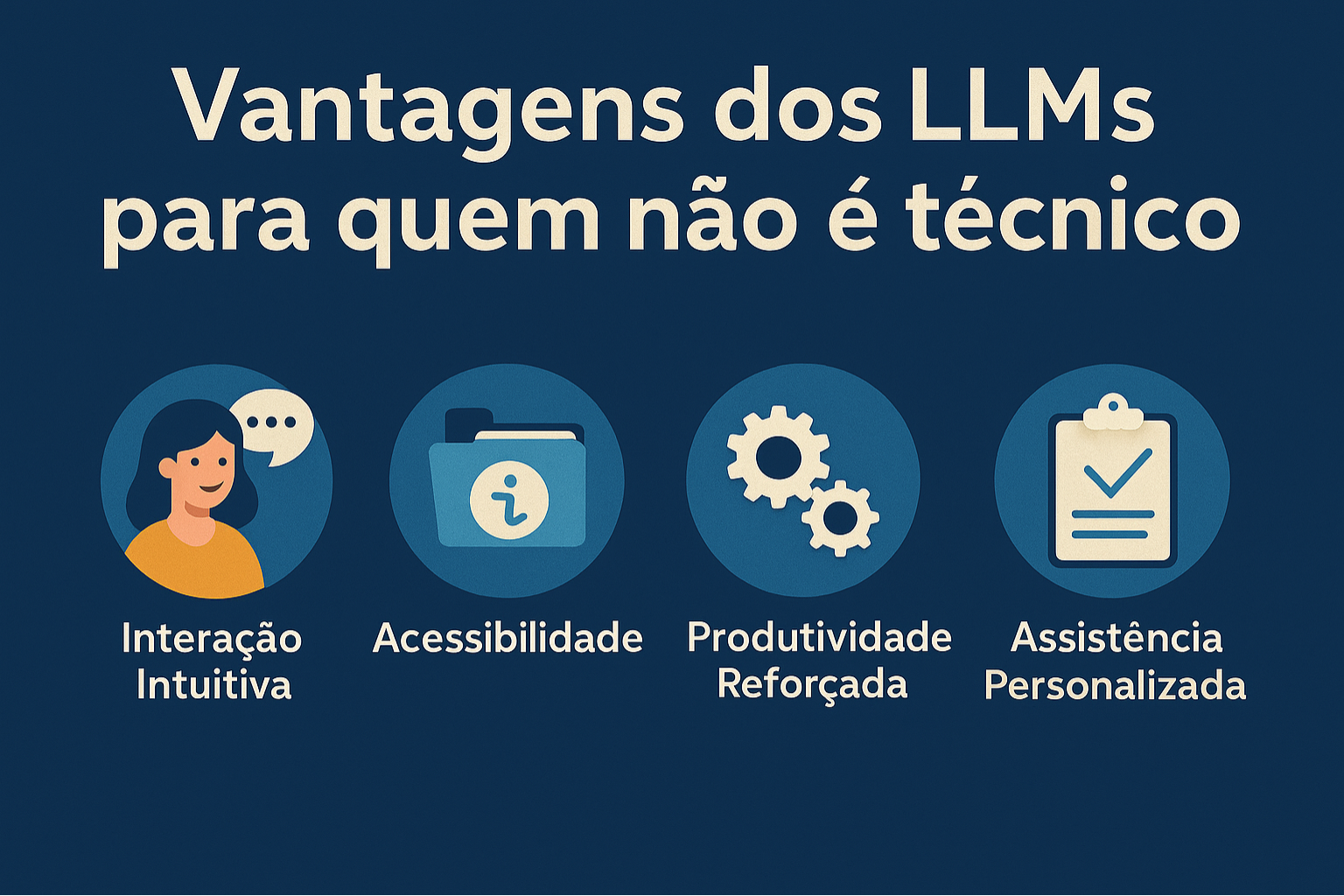These days I was taking some time to respond and help some people in the NoCode StartUp open WhatsApp groups and I came across the following comment:
“I thought this no-code was interesting, but I didn’t find any vacancies, so I gave up.”
WhatsApp community member – NoCode StartUp.
Then I was intrigued by this comment, I went to LinkedIn, and did a quick search for vacancies in nocode and to my surprise:

Table of Contents
Does NoCode Market have vacancies?

So that's it folks, in my first search I already got 1 result found right away, but is that a reason for all of us here to give up on this area?
In truth? MAYBE YES.
Not all of us, but if you are entering the no-code market now, with the only mindset of wanting to enter a company and get a traditional job, maybe this is not your time and you are not ready for this market, at least not now.
And before I get stoned from all sides here, I explain myself:
Firstly, of course, if you now go to LinkedIn and search for developer vacancies Bubble, FlutterFlow or low code as the n8n You will indeed find some vacancies, especially if you know how to speak English, as we have more opportunities outside the country.
And also the largest number of opportunities for vacancies in companies are in nocode groups, communities, networking, etc…
However, I didn't come here to talk about how to find vacancies, that's not the objective of this content.
What is the Product Adoption Curve?
Here, I want to talk about where the nocode market is right now and why people who are looking for a traditional nocode job can still be frustrated if they enter the market with just that mindset.
And for that, I want to present to you a concept widely used to understand market moments and product life cycles, called:
Product Adoption Curve created by Everett M. Rogers Ex-Pprofessor at Stanford University.
This curve illustrates all phases of the evolution of products and markets, and it consists of the following phases:
On the horizontal “x” axis, we have time and on the “y” axis we have the volume of adoption of this product by people.

Being made up of some phases in which each one has a consumer profile:
Phase 1: Enthusiasts
The first phase is the enthusiast phase, they are the first people to use the product, they are curious consumers.
Phase 2: Visionaries
In the second phase we have the visionaries, just as enthusiasts are one of the first to use the product, but beyond curiosity they seek competitive advantages over others.
These two phases make up the “Initial Market” phase, here everything is still very new and consequently also very uncertain.
The gains from adopting a product or technology at these stages can be enormous, but they also contain risks, as the product is not yet validated.
death Valey
And that's why in the middle of this curve we have a valley, well known as the startups valley of death.
This is the moment for this product, this technology, this startup, to prove itself to the market and in fact finding what is well known in the world of Startups Product Market Fit (PMF), that is, finding the ideal product for that specific market in which it is operating. so that it can move on to the next stage and actually explode its growth.
Phase 3: Pragmatists
After this phase we have the pragmatists phase, people who take a little longer to use a product and enter when the technology is already validated and in full growth, but this is where the large amount of money lives, this is where the product actually generates cash.
Phase 3 and 5: Conservatives and Skeptics
Then we have the conservatives, people more resistant to change and finally the skeptics, people who adopt solutions only after everyone is already well adapted to that solution.
These last 3 phases make up the conventional market.
Again, this knowledge here is extremely important for those who work with innovation in products and technologies.
And what does this have to do with this new no-code approach?
The NoCode Market
When we seek to place no-code technology on this curve, in my view, no-code is well in the process of transitioning from visionaries to pragmatists, passing the valley of death.
Which means that until now and for a long time to come, no-code is something for entrepreneurs and innovators, people who are at the tip of the innovation spear, who see opportunities and have built businesses with that vision.
Is it worth investing in NoCode today?
In the current scenario, no-code is for people who are not afraid to invest their time in this technology, as they truly believe that this is a huge competitive advantage over their competitors.
It is aimed at those who are creating projects, undertaking freelance work or working in innovative agencies and companies.
On the other hand, today no-code is still not for people who are looking for an abundance of vacancies in companies, it is not for people who think more about their resumes than what they can actually create with their new skills.
No-code is still not the skill to learn if you just think about being an employee, basically.
Of course, we already have agencies, startups and companies hiring, but this is not yet on a large scale.
But I repeat, not yet... Let's not forget what we just learned about the adoption cycles of new technologies.
In 2022, FlutterFlow, Bubble, Xano, Webflow, Zapier, among other tools, received large amounts of investment and in 2023 it has grown exponentially.
Bubble raised a total of US$ 106 million in two rounds of financing, with emphasis on Series A of US$ 100 million led by Insight Partners in 2021. This investment boosted the platform's growth and consolidated its position in the no-code market.
No-code is increasingly known, entrepreneurs are already seeing no-code as the best solution for starting a business, and companies are seeing no-code as an excellent option for quick and cheap innovation.
And with this, the market becomes more and more mature and more job vacancies in small, medium and large companies appear.
Of course, at this time, competition between professionals and the level of training requirements also increase.
People want to enter a new, emerging market with huge potential, but they want the market to be mature with endless vacancies at their disposal. That's why the moment you enter a market makes all the difference.
Invitation to revolution
If you, like us here at NoCode StartUp, already understand the power that NoCode has and the size of the market that this technology has been transforming.
First of all, don't forget to follow NoCode StartUp on YouTube.
Second, the source of inspiration for this content here was our open groups on WhatsApp, so be sure to participate.
Third, for those of you who want to specialize and deepen your knowledge of the tools, NoCode StartUp today has the best teaching ecosystem on NoCode that you can find.
On a more personal note, it was worth the attention of everyone who stayed here and until next week!
Additional content:














